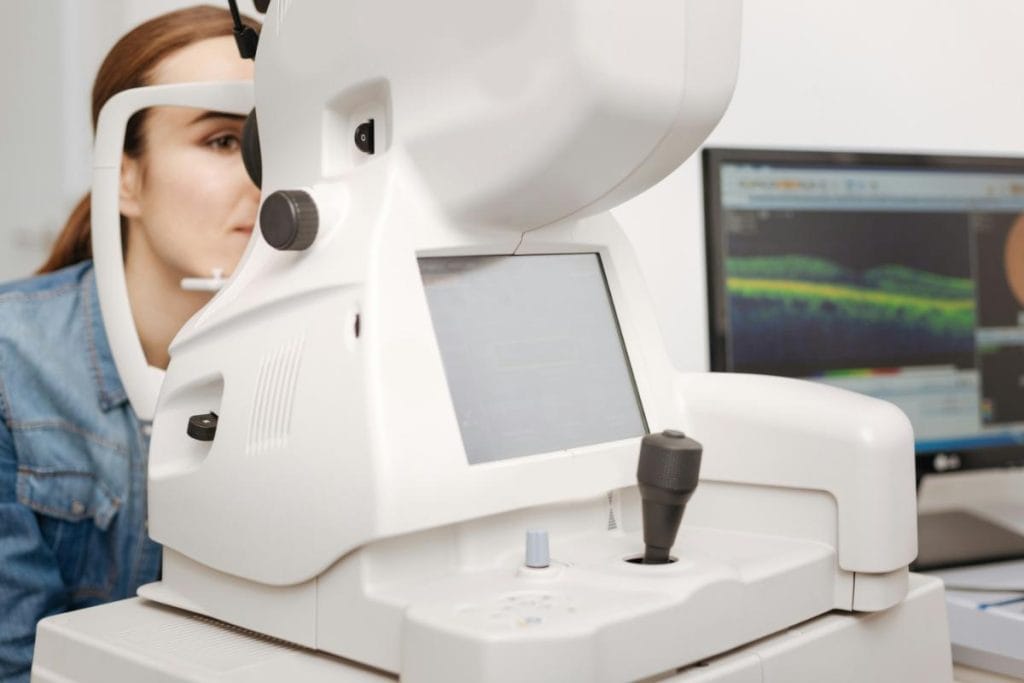Struggling with blurry vision up close? Myopia, or nearsightedness, affects millions of people worldwide, but the good news is that there are several effective treatments to help manage it. In this blog, you will explore five options for treatment for myopia that you should consider.

1. Prescription Glasses
Prescription glasses are a common and effective treatment for myopia (nearsightedness). These glasses help focus light properly on the retina, improving your ability to see distant objects clearly.
Your eye doctor or dry eye specialist Georgia will prescribe the right lenses based on the degree of your myopia. Glasses are easy to use, and you can remove them whenever you don’t need them. They are a non-invasive solution and can be updated as your vision changes over time.
2. Contact Lenses
Contact lenses are another option for treating myopia. They work by sitting directly on your eye, providing a wider field of vision compared to glasses.
Contacts can offer a more natural look and are great for activities like sports. You can choose between daily, monthly, or extended-wear lenses depending on your lifestyle.
3. Orthokeratology (Ortho-K)
Orthokeratology, or Ortho-K, involves wearing specially designed contact lenses overnight that reshape the cornea to temporarily correct myopia. This method can give you clear vision during the day without needing glasses or contacts.
Ortho-K is a non-surgical treatment and is suitable for both children and adults. It is a great option for people who want to avoid wearing glasses during the day but don’t want to undergo surgery. The effects are reversible, so your vision will return to its original state if you stop wearing the lenses.
4. Myopia Control Contact Lenses
Myopia control contact lenses are designed not only to correct myopia but also to slow its progression. These lenses use special designs and materials to help reduce the strain on the eye.
Children and adolescents whose myopia is rapidly worsening may find that they are an effective treatment option.
By reducing the rate at which myopia progresses, these lenses can lessen the likelihood of experiencing additional complications. Your eye doctor will advise you on the type of lenses that are most suitable for your requirements.
5. Refractive Surgery (LASIK, SMILE)
LASIK (Laser-Assisted in Situ Keratomileusis) and SMILE (Small Incision Lenticule Extraction) use lasers to change the shape of the cornea to focus light correctly on the retina.
Surgery of this kind is typically performed in a short amount of time and has a high success rate. Many patients report experiencing an improvement in their vision immediately following the procedure.
While these surgeries are effective, they are not suitable for everyone, so it’s important to consult with your eye doctor to see if you are a good candidate.
Have Regular Eye Exams and Monitoring Now
Regular eye exams and consistent monitoring are essential for maintaining your eye health and managing myopia effectively. Don’t wait—make eye exams a priority today to ensure that you’re on the right path to optimal eye health and vision clarity for the future.
